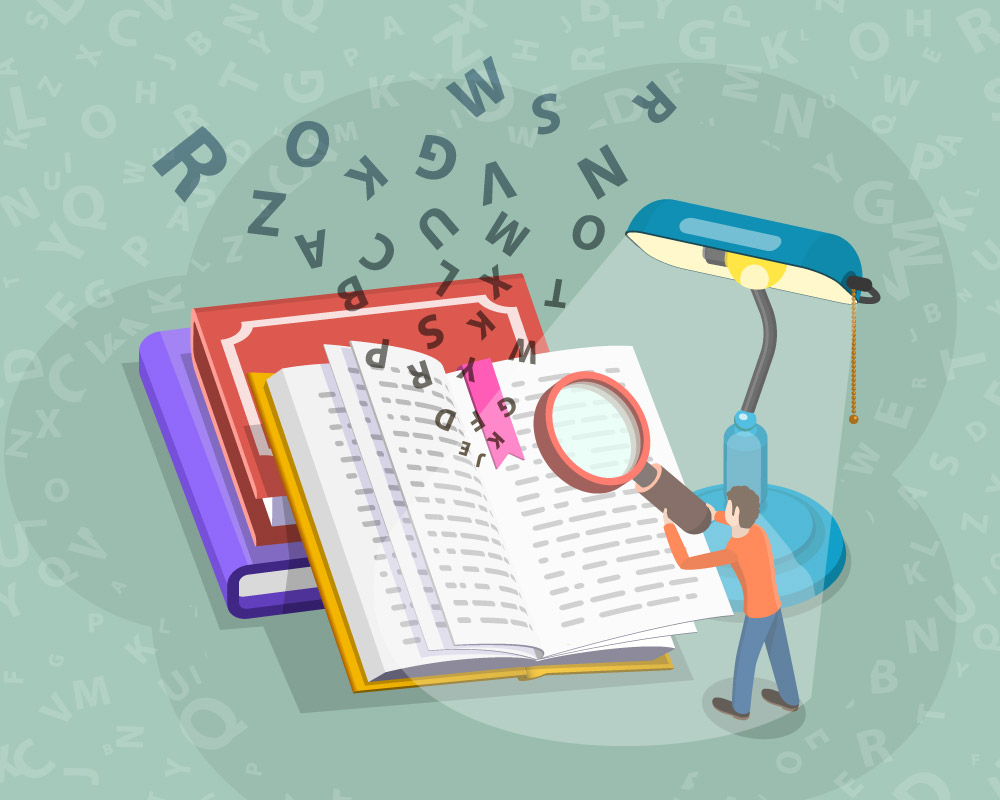Alphabets – A Journey Through Written Communication
|
Font size:
The modern-day Latin alphabet sits among the other 293 writing systems currently used in our world today. Each one is a foundation block that conveys our thoughts, ideas and knowledge to anyone who takes the time and effort to inscribe them for the next generation. In this article, we will take you on a journey through the evolutions we have undergone in how we communicate in the written format, from leaving scrawled symbols on old cave walls, to receiving work emails that we sometimes wish would end up in our spam folders.
Origins of the alphabet
The five stages of the alphabet
Tokens – The alphabet’s clay baked beginnings
Pictography – Ancient account management
Logography – The shift from logograms to phonograms
The alphabet – Simplification of sounds
Modern-day alphabet – Language across borders
Technological improvements in the modern alphabet
With all these modern changes and need for communication through various scripts and languages, services like Pangea Global, are absolutely necessary for translating and localizing the ideas of people so that the global community can benefit. If you have the desire to translate your content to another language – hopefully not Proto-Sinaitic – feel free to get in touch here.













